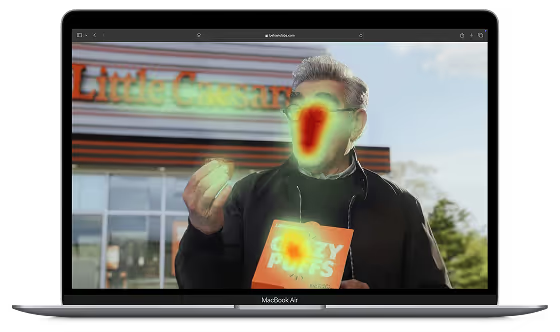Mindshare drives market share. The brands that win are the ones buyers instantly think of at the right moment.
Our new research shows that successful brands don’t just rely on distinctive colors, mascots, or sounds to build these memory links. They build two layers of brand codes:
- Me codes – timeless cues that uniquely identify the brand (e.g., McDonald’s arches).
- Need codes – tactical cues that tie the brand to a specific need or buying moment (e.g., Happy Meal = McDonald’s × Kids, Pumpkin Spice Latte = Starbucks × Autumn).
In our upcoming webinar with Branding Specialist Dan White, we’ll show how combining both types of codes boosts ad impact and accelerates growth — with practical playbooks you can apply right away.
Boosting mental availability beyond me codes
Me codes (or “DBAs”) like logos, colors, and mascots make brands easy to identify and recall — the classic path to mental availability. But is that the whole story?
Our research suggests that there’s another layer at play: need codes, which connect brands to specific needs and buying moments (e.g., Pumpkin Spice Latte = Starbucks + Autumn, Happy Meal = McDonald’s + Kids).
It makes sense that me codes should be meaning-free, but need codes are the missing link that connects a brand to a category entry point (CEP) in a consistent, memorable way.
Back in 1915, a century before Sharp & Romaniuk formalized Distinctive Brand Assets, Coca-Cola briefed its designers with this line:
“A bottle so distinct that it could be recognized by touch in the dark or lying broken on the ground.”
No benefits. No occasions. Just pure distinctiveness.
Why me codes should be meaning-free
As Sharp & Romaniuk explain, distinctive assets exist to identify, nothing more. They make sure people know it’s you, not someone else. Adding meaning can actually weaken that role for two reasons:
- Meaning reduces distinctiveness.
When multiple brands use the same symbolism, it’s harder to stand out. Think of all the owls representing knowledge — Duolingo, TripAdvisor, even Sharp’s own institute. By contrast, McDonald’s meaning-free arches are unmistakable with just a few pixels. - Meaning limits flexibility.
Distinctive assets should last for decades, even centuries. But meanings can age. Notino had to rebrand from Parfums.cz when its name became too narrow. Jaguar dropped its roaring cat to modernize and lost one of its strongest assets.
Best practice: Keep about three meaning-free DBAs that cover multiple memory types (visual, semantic, audio), and stick with them forever.
Need codes: linking brands to buying triggers
Many brands master meaning-free assets but go further by creating memorable cues that connect them to specific needs or buying moments.
We measured 20 Need Codes in a nationally representative U.S. sample. Even when heavily debranded, these cues still strongly recalled both the brand and the need.
For example, the Red Holiday Cup recalled 57% of Starbucks, and 48% of respondents linked it to Christmas drinks. Similarly, the Pumpkin Spice Latte recalled 64% of Starbucks, and 56% connected it to autumn drinks. This shows how effective these need codes are in triggering memory and linking the brand to specific needs and occasions.
.avif)
Me codes and need codes both build mental availability by triggering memory retrieval. But they serve different roles:
- Me codes should endure — surviving whatever shifts the future brings.
- Need codes are more timely — helping a brand own the buying moments that matter right now.
Take Microsoft’s Clippy. It was a need code tied to “help when I’m stuck writing a document.” As UX improved, that need disappeared, so Clippy could go without affecting Microsoft’s brand.
How to create need codes
%20(5).avif)
Many effective need codes start by combining an existing brand code with a universal, widely understood need:
- Starbucks’ white cup + autumn → Pumpkin Spice Latte
- Corona’s bottle + summer → Lime
- McDonald’s “Mc-” + coffee → McCafé
It’s not just for global giants. Central European electronics retailer Datart grew fastest when it played with its name — Fast-art, Everywhere-art — to link the brand with relevant customer needs.
Need codes can also stand alone, like Budweiser’s Clydesdales, but building from scratch takes more time and budget.
Importantly, many brands discover great need codes by accident, then treat them as one-off campaigns. In reality, need codes should be repeated and reinforced over time. That’s what builds memory.
Key takeaways
- Me codes = distinct, meaning-free, consistently used cues (color, sound, mascot) that make the brand easy to recognize and recall.
- Need codes = consistently used cues that link the brand to specific buying moments or needs, boosting salience at key category entry points.
- Together they build lasting memory structures — me codes anchor identity, need codes activate it at the right moment.
So as you review your next campaign or brand refresh, don’t just ask, “Do people recognize it’s us?” Ask also, “Do they think of us when it matters most?”
Owning those moments — the need states, the buying triggers, the emotional cues — is how brands move from being seen to being chosen.
- How Brands Grow: Part II – Byron Sharp & Jenni Romaniuk, Oxford University Press, 2016
- Building Distinctive Brand Assets – Jenni Romaniuk, Oxford University Press, 2018
- “A bottle so distinct that you would recognize it by feel in the dark or lying broken on the ground” – Coca-Cola Company design brief, 1915





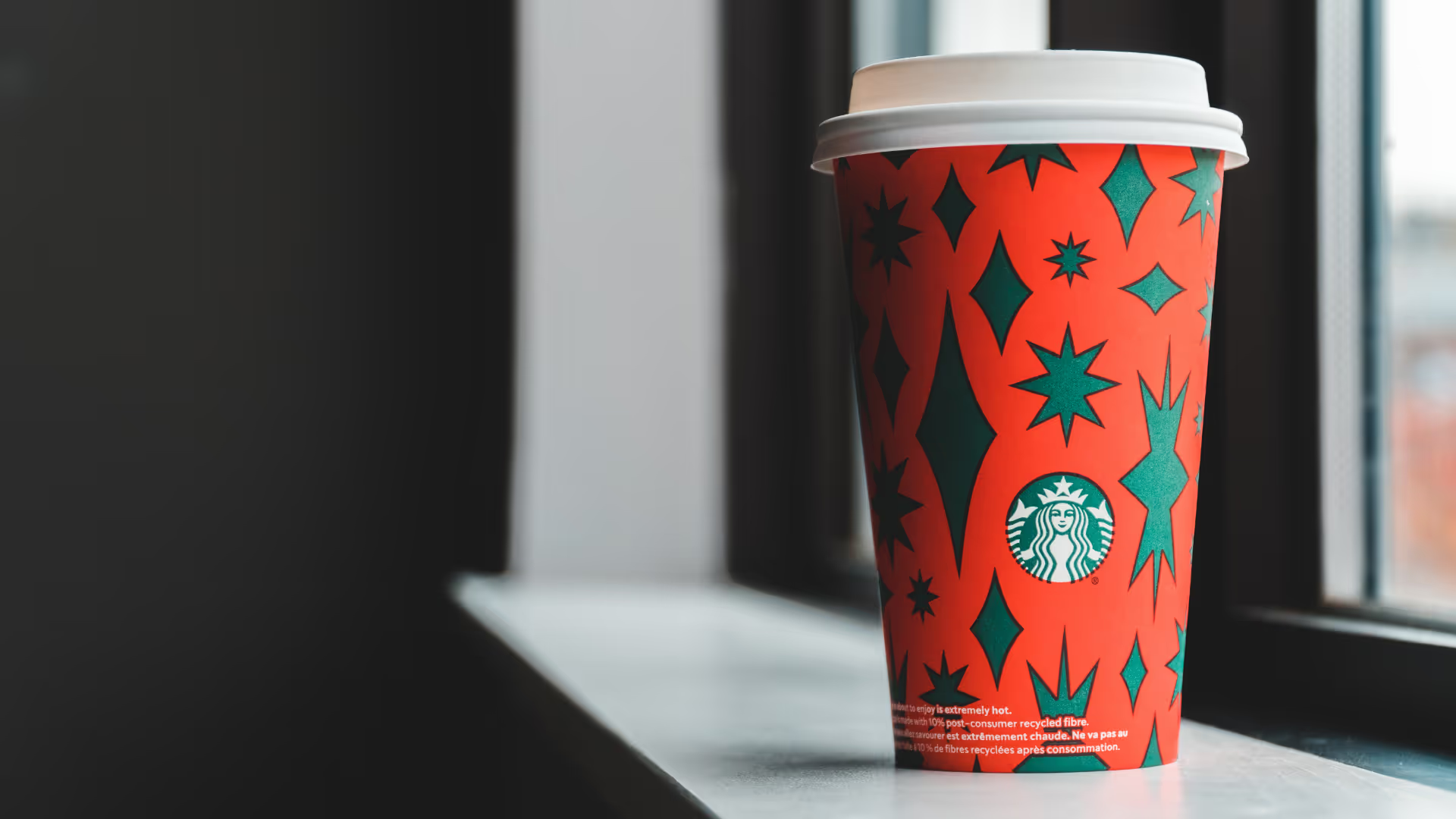


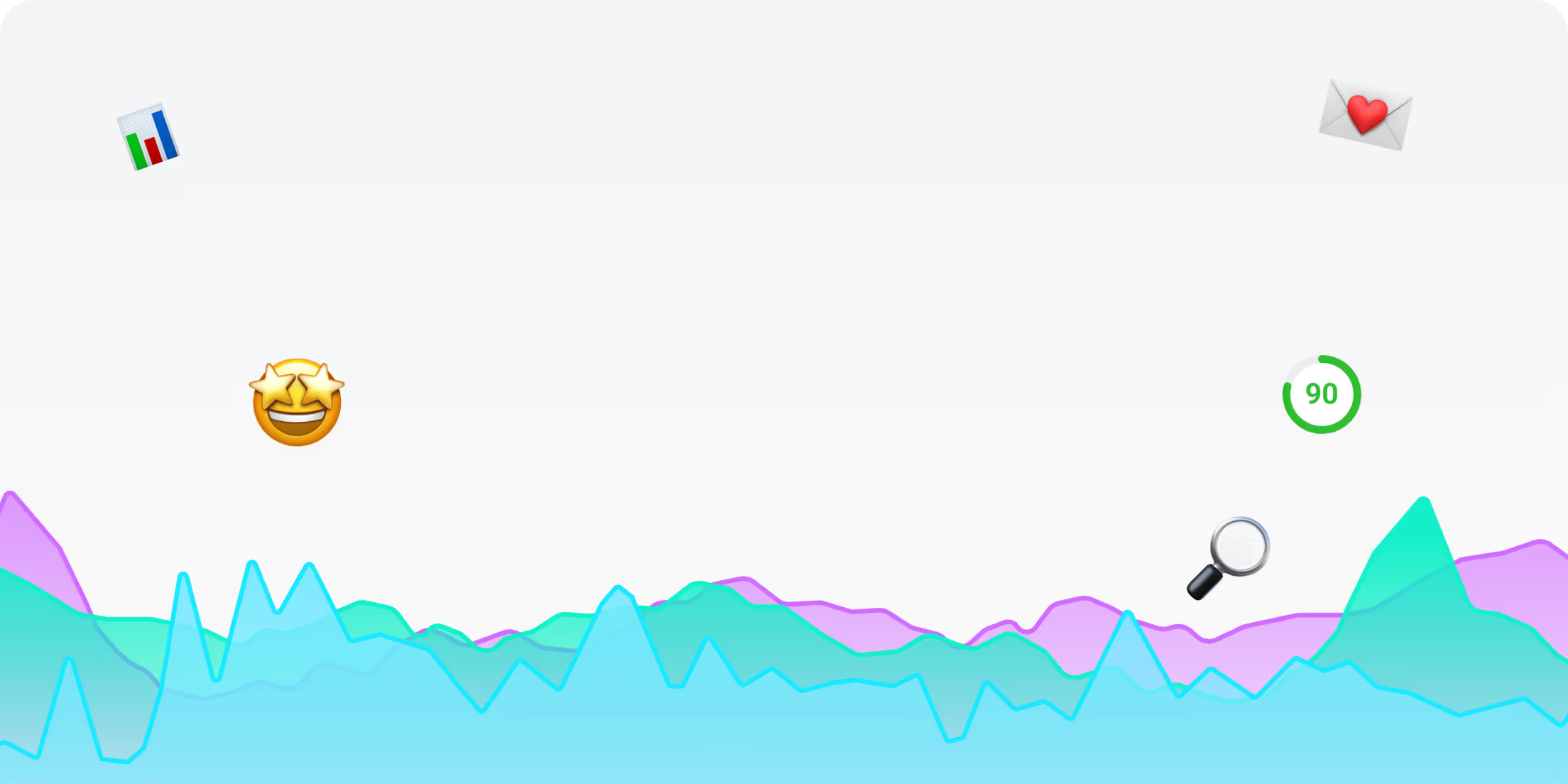
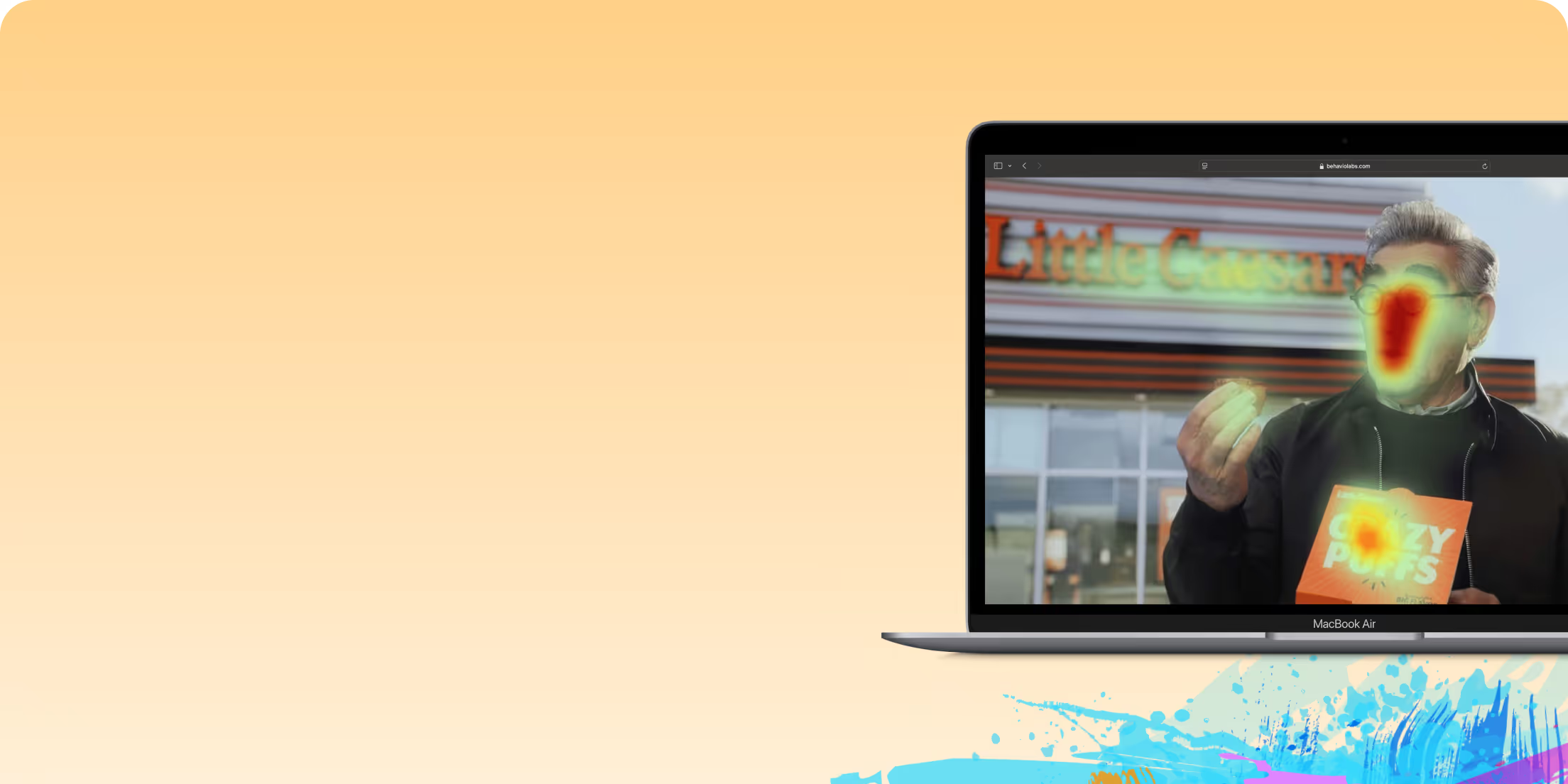
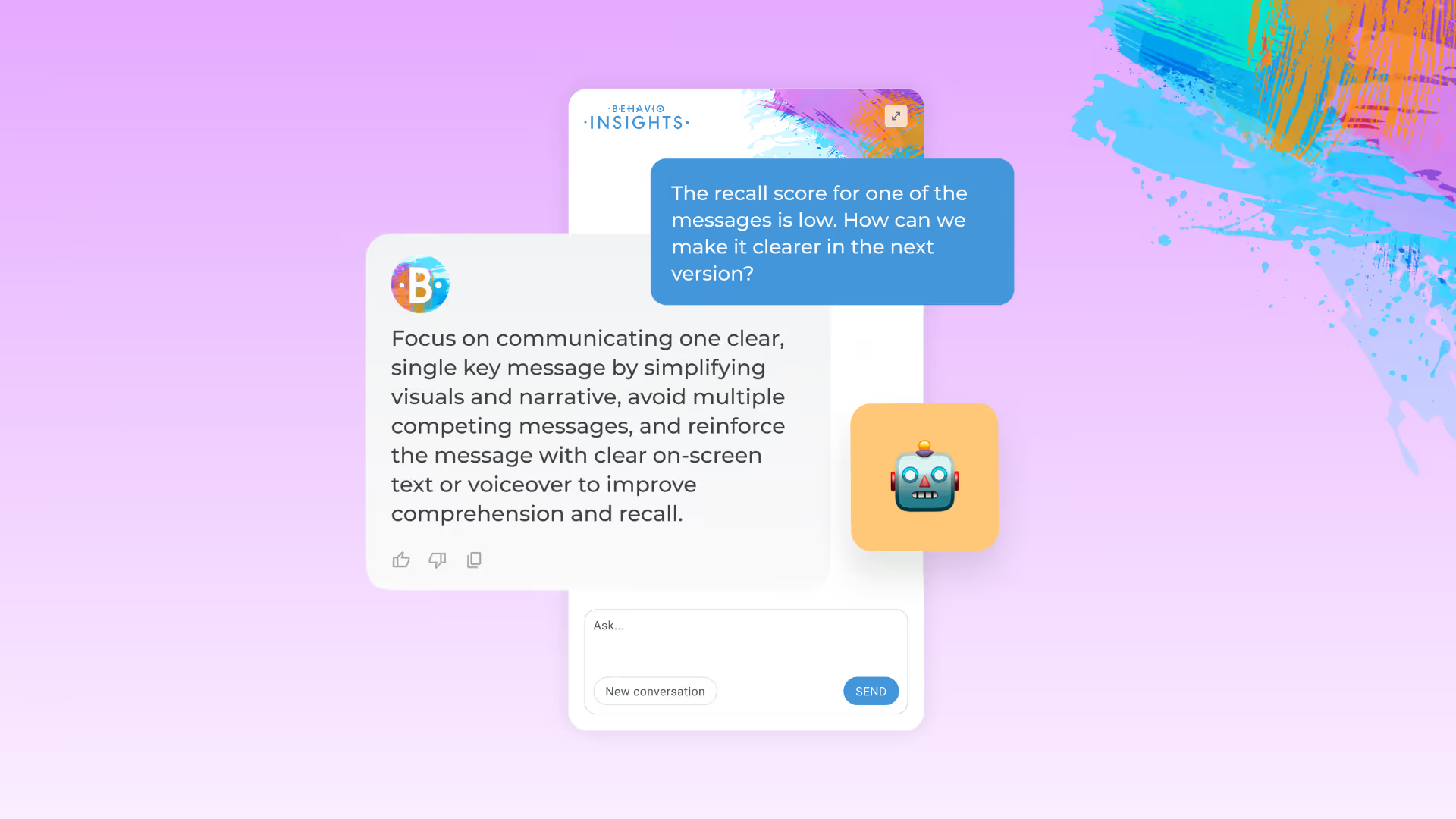
.avif)




